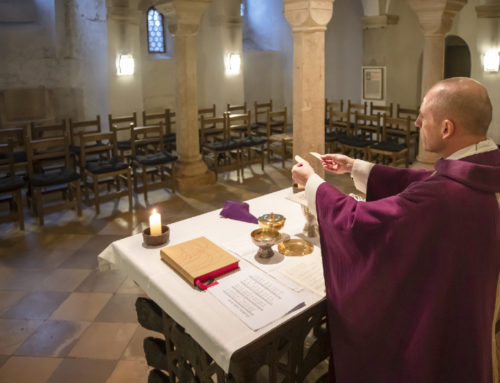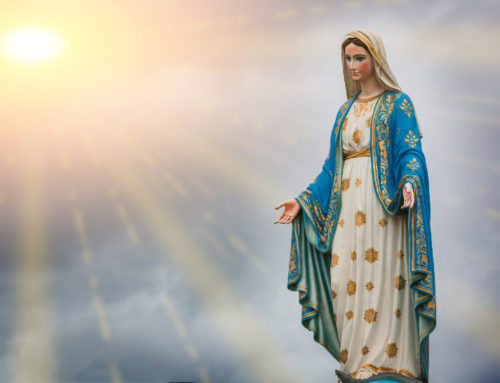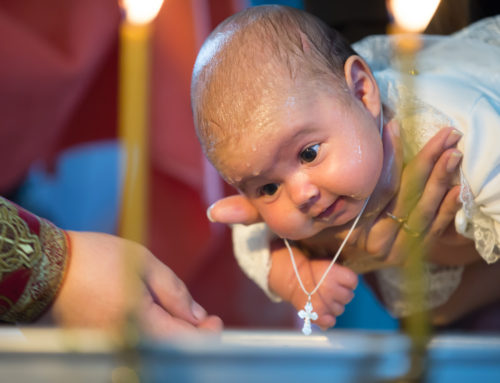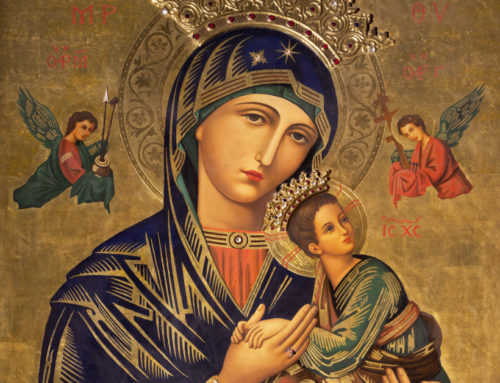
Throne Bernini Holy Spirit Dove, Saint Peter’s Basilica in Rome
The second form of prayer is this. A person withdraws his intellect from sensory things and concentrates it in himself, guards his senses, and collects his thoughts; and he advances oblivious of the vanities of this world. Sometimes he examines his thoughts, sometimes pays attention to the words of the prayer he is addressing to God, and sometimes drags back his thoughts when they have been taken captive; and when he is overcome by passion he forcefully strives to recover himself.
One who struggles in this way, however, can never be at peace or win the crown of victory. He is like a person fighting at night: he hears the voices of his enemies and. is wounded by them, but he cannot see clearly who they are, where they come from, and how and for what purpose they assail him. Such is the damage done to him because of the darkness in his intellect. Fighting in this manner, he cannot escape his noetic enemies, but is worn out by them. For all his efforts he gains nothing. Falsely imagining that he is concentrated and attentive, he falls victim unawares to self-esteem. Dominated and mocked by it, he despises and criticizes others for their lack of attentiveness. Imagining that he is capable of becoming the shepherd of sheep, he is like the blind man who undertakes to lead the blind (cf. Matt. 15:14).
Such are the characteristics of the second method of prayer, and every one striving after salvation can see what harm it does. yet this second method is better than the first, just as a moonlit night is better than a night that is pitch-dark and starless.
Excerpt from the Philokalia – The Three Methods of Prayer attributed to St. Symeon the New Theologian




